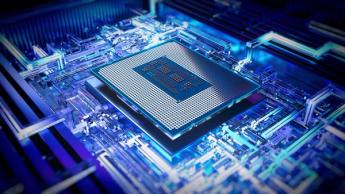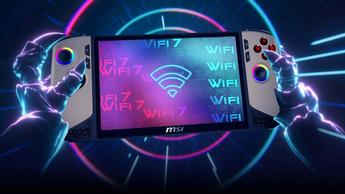Intels XeSS 2 Upscaling-Technologie verbessert die Spieleleistung für PC-Gamer mit kleinem Budget
Ideal zur Verbesserung der Grafik auf MSI Claw und mehr

While AMD and Nvidia make big moves for gamers with the Radeon RX 9000 series and RTX 5000 series GPUs respectively, Intel remains a potential dark horse for affordable PC gaming this generation. Its already-launched Battlemage Arc B580 and B570 GPUs offer strong alternatives to AMD and Nvidia's more affordable options - and now, it's taken a great step that will further help gamers.
As reported by TweakTown, Intel's XeSS 2 SDK is now available to download via GitHub, meaning game developers will be able to implement the technology (with full functionality) into their games. This means XeSS 2 (powered by AI) Super Resolution, Frame Generation, and XeLL Low Latency will likely show up in upcoming titles - and the prime example is Assassin's Creed Shadows, which will feature XeSS 2 and launches on March 20.
A wide range of Intel's hardware including the Arc B580 and B570, Lunar Lake APUs, and the full suite of Intel Core Ultra laptop chips will have access to the full range of XeSS 2 features, notably within the best Ultrabooks and the recent MSI Claw 8 AI+. However, some older hardware won't have access to XeSS 2's Frame Generation due to a lack of AI capabilities - this is similar to Nvidia's DLSS 3 and 4, as its AI-powered Frame Generation tech isn't available on RTX 3000 and older GPUs.
In short, Team Blue is making a serious effort to catch up to AMD and Nvidia; the Battlemage GPUs are a great starting point, and future enhancements to its XeSS technologies could take it a step closer.

Begeistert vom MSI Claw 8 AI+ Handheld!
Obwohl mein Asus ROG Ally mir gute Dienste geleistet hat, fängt es an, Staub anzusetzen. Ich sehne mich nach einem leistungsstärkeren Handheld-Gaming-Gerät, um mein Spielerlebnis zu verbessern, und das MSI Claw 8 AI+ scheint die perfekte Wahl zu sein. Da das XeSS 2 SDK jetzt für Entwickler verfügbar ist, fühlt es sich wie der richtige Moment an, um ein Claw in die Hände zu bekommen.
Leider ist AMDs FSR 4 auf RDNA 4 Hardware beschränkt, was enttäuschend ist für diejenigen von uns, die gehofft hatten, dass Geräte wie das ROG Ally oder Lenovo Legion Go von der neuen Upscaling-Technologie profitieren könnten. Derzeit ist das MSI Claw 8 AI+ die vielversprechendste Option, da es XeSS 2 vollständig unterstützt, und ich bin begeistert von seiner Leistung, basierend auf den neuesten Präsentationen und Benchmarks.
Die gleiche Begeisterung gilt für Ultrabooks mit kompatiblen Intel-Prozessoren. Gamer können sich darauf freuen, XeSS 2 in mehr Spielen zu erleben, und da integrierte Grafiken sich weiter verbessern, ist es eine großartige Alternative zu Nvidia und AMD. DLSS 4 und FSR 4 sind bereits in vielen Titeln verfügbar, und es ist ermutigend zu sehen, wie Team Blue die Fähigkeiten von XeSS 2 erweitert.
